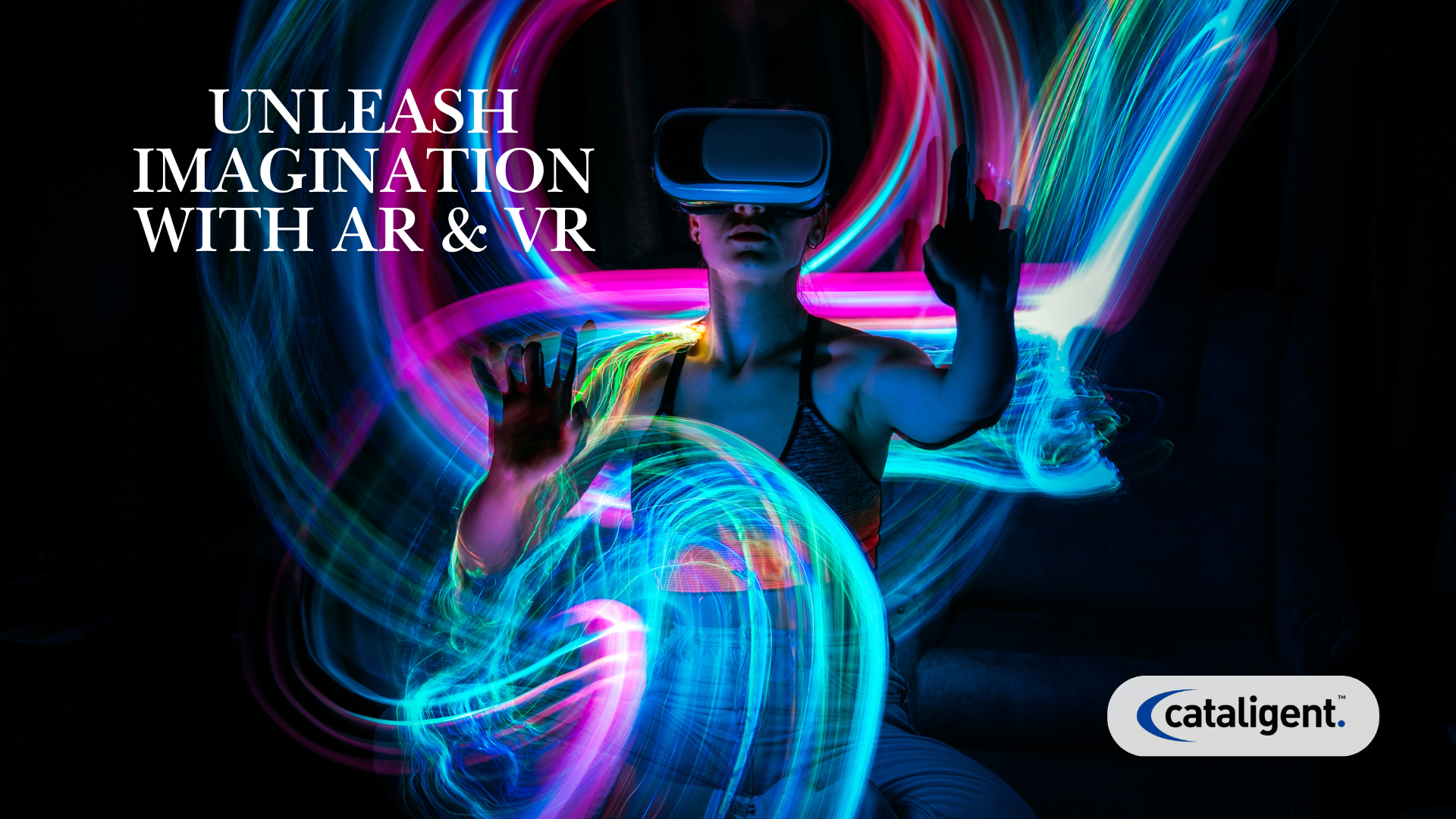What is Augmented Reality (AR) & Virtual Reality (VR)?
Introduction
The evolution of digital technology has brought about significant advancements in how we perceive and interact with the world. Two of the most revolutionary technologies shaping modern experiences are Augmented Reality (AR) and Virtual Reality (VR). While both involve immersive digital environments, they serve distinct purposes and function differently. This article provides an in-depth exploration of AR and VR, their differences, applications, benefits, and future prospects.
What is Augmented Reality (AR)?
Augmented Reality (AR) is a technology that overlays digital content—such as images, sounds, and information—onto the real world. AR enhances a user’s perception of their environment by integrating interactive digital elements into their real-world surroundings. Unlike VR, which immerses users in a fully digital environment, AR supplements reality rather than replacing it.
Key Features of AR:
- Real-World Integration – AR combines digital elements with the physical world in real time.
- Interactive Experience – Users can interact with digital overlays through gestures, touch, or voice commands.
- Device Dependency – AR applications can run on smartphones, tablets, smart glasses, and headsets.
- Context-Aware Technology – AR applications often use GPS, cameras, and sensors to map the real environment.
Common Applications of AR:
- Retail and E-commerce – Virtual try-on experiences for clothing, accessories, and makeup.
- Healthcare – AR-assisted surgeries, diagnostics, and medical training.
- Education – Interactive learning experiences and real-time information overlays.
- Entertainment and Gaming – Popular games like Pokémon GO and AR-driven interactive storytelling.
- Manufacturing and Maintenance – Hands-free guidance for repairs and product assembly.
What is Virtual Reality (VR)?
Virtual Reality (VR) is a technology that creates a completely immersive digital environment, isolating users from the physical world. Users experience VR through headsets and motion-tracking sensors, allowing them to interact with a computer-generated environment as if they were physically present within it.
Key Features of VR:
- Full Immersion – Users are entirely immersed in a 3D virtual space.
- Controlled Environment – VR provides a simulated experience, removing external distractions.
- Device Dependency – Requires VR headsets (e.g., Oculus Rift, HTC Vive, PlayStation VR) and motion controllers.
- Realistic Interaction – Advanced VR systems offer haptic feedback and motion tracking for an interactive experience.
Common Applications of VR:
- Gaming and Entertainment – Immersive video games and 360-degree virtual cinema experiences.
- Education and Training – Flight simulators, military training, and medical practice simulations.
- Architecture and Real Estate – Virtual property tours and design visualization.
- Healthcare – VR therapy for mental health, pain management, and rehabilitation.
- Social and Business – Virtual meetings, collaborative workspaces, and remote tourism.
Differences Between AR and VR
While AR and VR share similarities, they have fundamental differences:
| Feature | Augmented Reality (AR) | Virtual Reality (VR) |
| Environment | Enhances the real world | Creates a completely virtual world |
| Devices | Smartphones, tablets, AR glasses | VR headsets, motion controllers |
| Interaction | Overlays digital objects on reality | Fully immersive digital interaction |
| Applications | Retail, healthcare, education, gaming | Gaming, training, real estate, therapy |
| User Experience | Maintains real-world awareness | Fully immersive, cutting off the real world |
Benefits of AR and VR
- Enhanced Learning and Training – Both technologies revolutionize education by making learning more interactive and engaging.
- Improved Customer Experience – AR enhances shopping experiences, while VR offers immersive product demonstrations.
- Increased Productivity – AR helps with hands-free work in manufacturing, while VR aids in design and simulation.
- Better Communication and Collaboration – Virtual meetings and training improve global business interactions.
- Innovative Entertainment – AR and VR expand gaming, film, and art into new immersive dimensions.
Challenges and Limitations
- High Costs – Advanced AR and VR systems require expensive hardware and software development.
- Technical Limitations – VR requires powerful computers, while AR depends on high-resolution cameras and sensors.
- User Comfort and Health Concerns – VR can cause motion sickness and eye strain, while AR’s prolonged use can lead to cognitive fatigue.
- Privacy and Security – AR and VR collect large amounts of personal data, raising privacy concerns.
- Limited Adoption – While growing, the adoption of AR and VR is still restricted by technological and financial barriers.
The Future of AR and VR
The future of AR and VR looks promising, with continuous advancements shaping new possibilities:
- 5G and AI Integration – Faster data transfer and AI-driven enhancements will improve AR/VR capabilities.
- Smarter and More Affordable Devices – Compact, cost-effective AR and VR wearables will drive mainstream adoption.
- Expansion into More Industries – Beyond gaming, industries like tourism, healthcare, and education will benefit greatly.
- Augmented Virtual Reality (AVR) – Hybrid solutions that merge AR and VR experiences seamlessly.
- Metaverse Development – The rise of metaverse ecosystems will create new ways to work, socialize, and entertain.
Conclusion
Augmented Reality (AR) and Virtual Reality (VR) are revolutionizing how we interact with digital content. AR enhances real-world experiences by overlaying digital information, while VR offers fully immersive virtual environments. These technologies are transforming industries such as healthcare, education, gaming, and retail. Despite challenges like cost and accessibility, ongoing advancements will make AR and VR more integrated into everyday life. As technology progresses, the potential for AR and VR to reshape our world is limitless.

